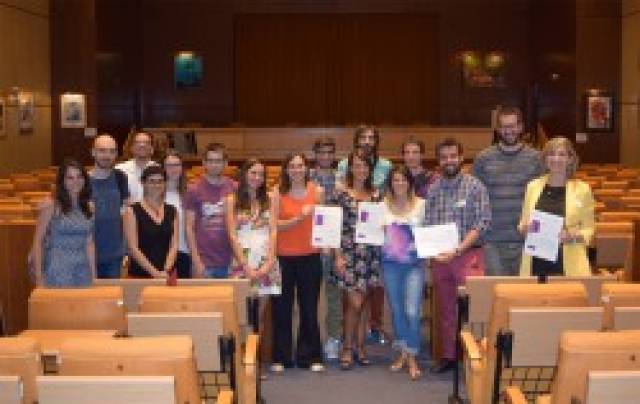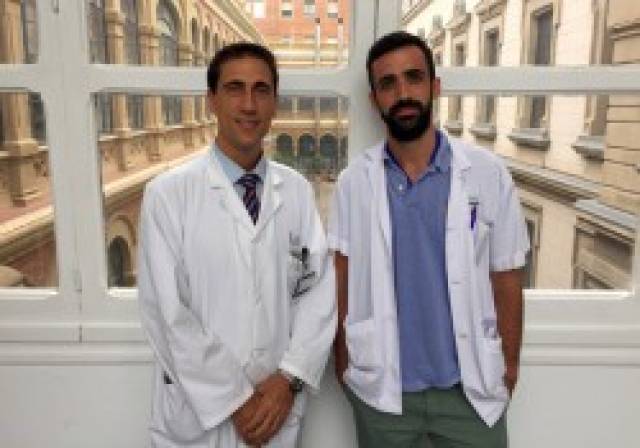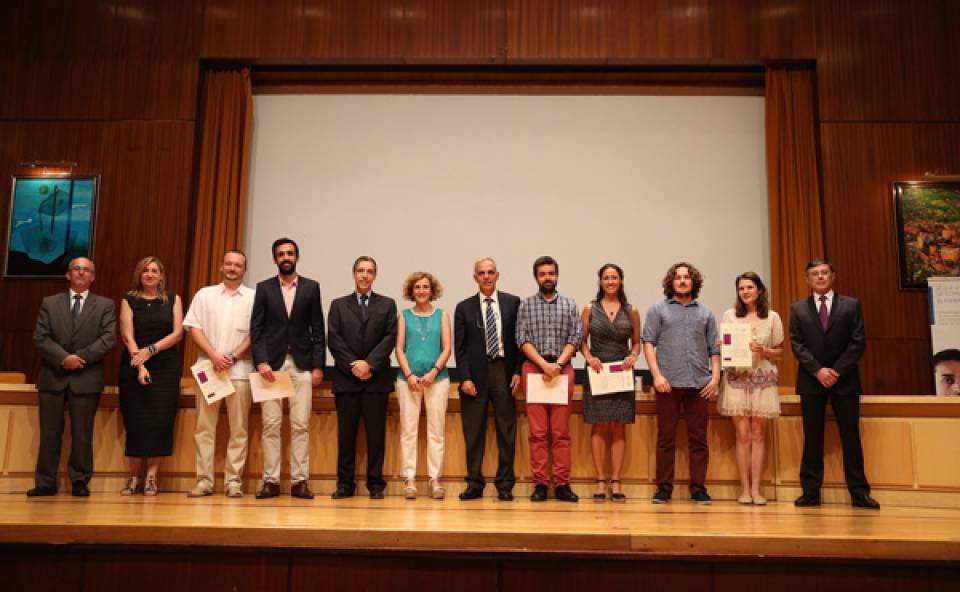A bioreactor to simulate the liver

Sutureless vessels reconstruction

More information: VHIR
Doctors and researchers from Hospital Clínic and IDIBAPS were awarded in the second Vall d’Hebron Research Institute (VHIR) Health Innovation Contest. The first prize in the Healthcare Practice Innovation category was given to the project "Development of a surgical device for sutureless vascular anastomosis" led by Dr. Jordi Descarrega, third year resident at the Plastic, Reconstructive and Aesthetic Surgery Department of the Hospital Clinic. In the Biomedical Research Innovation category, the second prize was to the project "Liver on a Chip" led by Dr. Jordi Gracia-Sancho, Ramón y Cajal Researcher in the Liver hemodynamics and portal hypertension IDIBAPS team.
